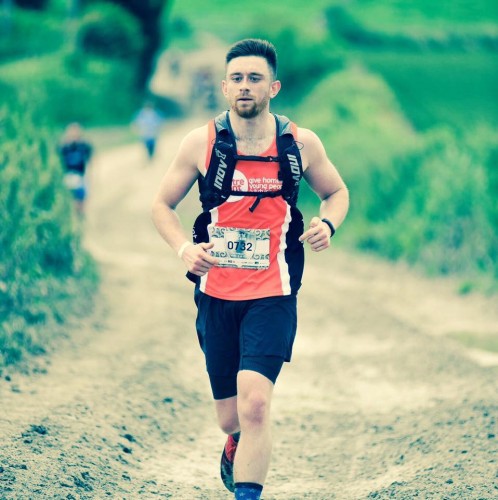Every runner, from the parkrun plodder to Mo Farah, has at one time or another had to confront the nagging voice of uncertainty. The voice that says, “This hurts, time to stop.” As soon as that voice rings true, what was a nice run can quickly stoop to an all-out battle. And sometimes, unfortunately, the voice wins.
And yet, no matter how experienced you are, a disappointing run is often met with a variant of the same old question: “Why didn’t I just push through the pain?” Professor Andy Lane, an expert in sport and exercise psychology, has a scientific explanation: “The evolved function of pain is in everyone. It’s a self-regulating mechanism; the brain’s way of telling the body to calm down.” It follows, then, that if you’re giving it your all in a race – pushing your legs and lungs to the limit – your body is going to want you to slow down. In other words, in a race situation, pain is inevitable.
Therefore, if you can find a way to overcome the pain or, better yet, to embrace it, you will become an infinitely better runner. And, the good news is, it’s entirely possible to do just that. Think back to when you first started running: how a 20-minute run required iron-willed determination and military preparation. You overcame the uncomfortable teething period (hopefully) and now that 20-minute run isn’t such a struggle. You beat the pain. That’s because, as Lane explains: “As you get fitter, you train yourself to be able to cope with more. Physiologically, your heart becomes stronger with more training and less lactic acid is pumped out. Simultaneously, though, more training equates to a greater tolerance. People in the early stages of running programs get fit fast because those two processes in tandem make for huge gains.”
The greatest runners in the world, though, still have a limit. And in order to improve – to run quicker and post better times – that limit is going to have to be reached again and again. In marathon circles, that limit is often referred to as ‘The Wall’. The question is, how can it be breached?
“Humans have a very high pain threshold,” says Lane, “but we need to learn how to activate it fully.” It all depends, he says, on how important the goal is. “If you want to increase pain tolerance, the first thing you have to do is tell yourself that the end goal is worth it. When you’re running along and you get a message that says, ‘Slow down’, most of the time the goal is not worthy of the pain. Elite athletes have learned to accept pain as a necessary part of what they’re doing. Part of pain tolerance is the question, ‘Is this worth it?’”
Embrace the pain
But while upping your performance in competition is undoubtedly a good thing, an inability to train effectively is also a prime reason for poor performance. If you feel pain and then stop, you’ll never improve. “Pain,” says Lane “should be seen as an indicator that you’re working hard enough to achieve your goal.” It should, in other words, be seen as a positive sign. “Look at your internal voice,” he advises. “If you have an unpleasant narrative, think whether you’d speak to someone else who was tiring in the same way. You wouldn’t barrack them (well, you might); you would try to raise their spirits.” Swap the self-deprecating profanities for words of encouragement and remember that, even if you’re having a torrid time, you’re beating the bloke sat at home.







